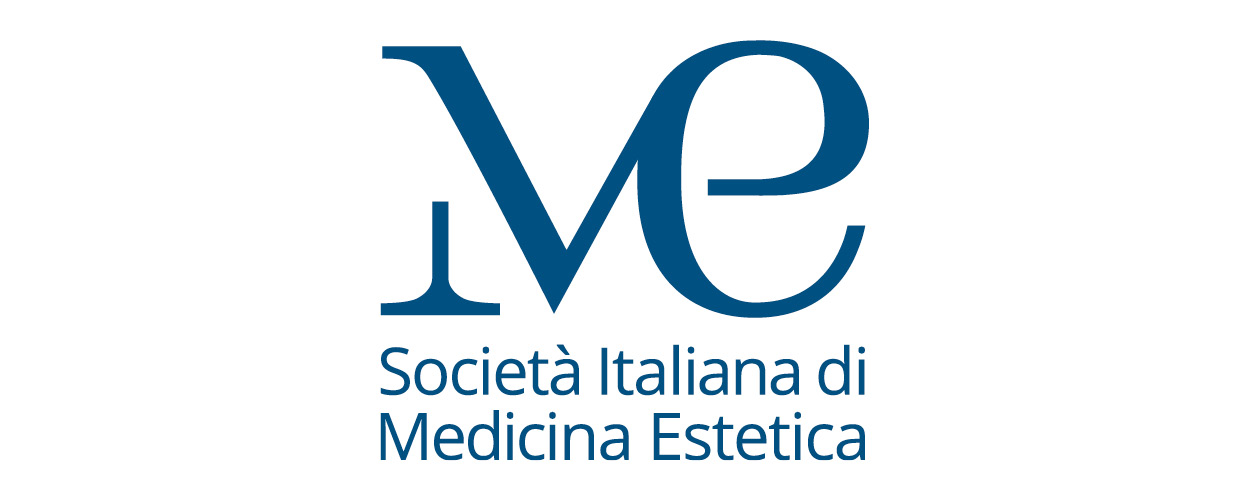VOLTAR
IMCAS World Congress 2024
IMCAS World Congress 2024
Programa
Adaptar ao meu fuso-horário a agenda da aula/congresso transmitida ao vivo
Fuso-horário de referência: (UTC+02:00) Europe, Paris
Apresentações desta sessão
| Horas | Palestrantes | Título da apresentação | Resumo | Número |
| 10:30 | Medical and surgical approach in the treatment of the neck | 130573 | ||
| 10:42 | Physiological way of skin rejuvenation - What we can propose to the patient in 2024 | 130572 | ||
| 10:54 | The importance of the use of lights and shadows for facial rejuvenation | 130570 | ||
| 11:06 | Improving skin quality for a youthful appearance - Whats new in our hands? | Visualizar | 130571 | |
| 11:18 | Elevating skin quality with a scientific and synergistic approach (educational grant from Teoxane) | 130569 | ||
| 11:30 | The JOLT technique: a complete non-invasive treatment of the jowl | 133973 | ||
| 11:42 | Photoaging: consequences beyond the skin | 130574 | ||
| 11:54 | Perioral rejuvenation: holistic minimal-invasive combination therapy | Visualizar | 130575 | |
| 12:06 | Optimizing fully ablative resurfacing | 130577 | ||
| 12:18 | Discussion and Q&A | 130576 | ||



















